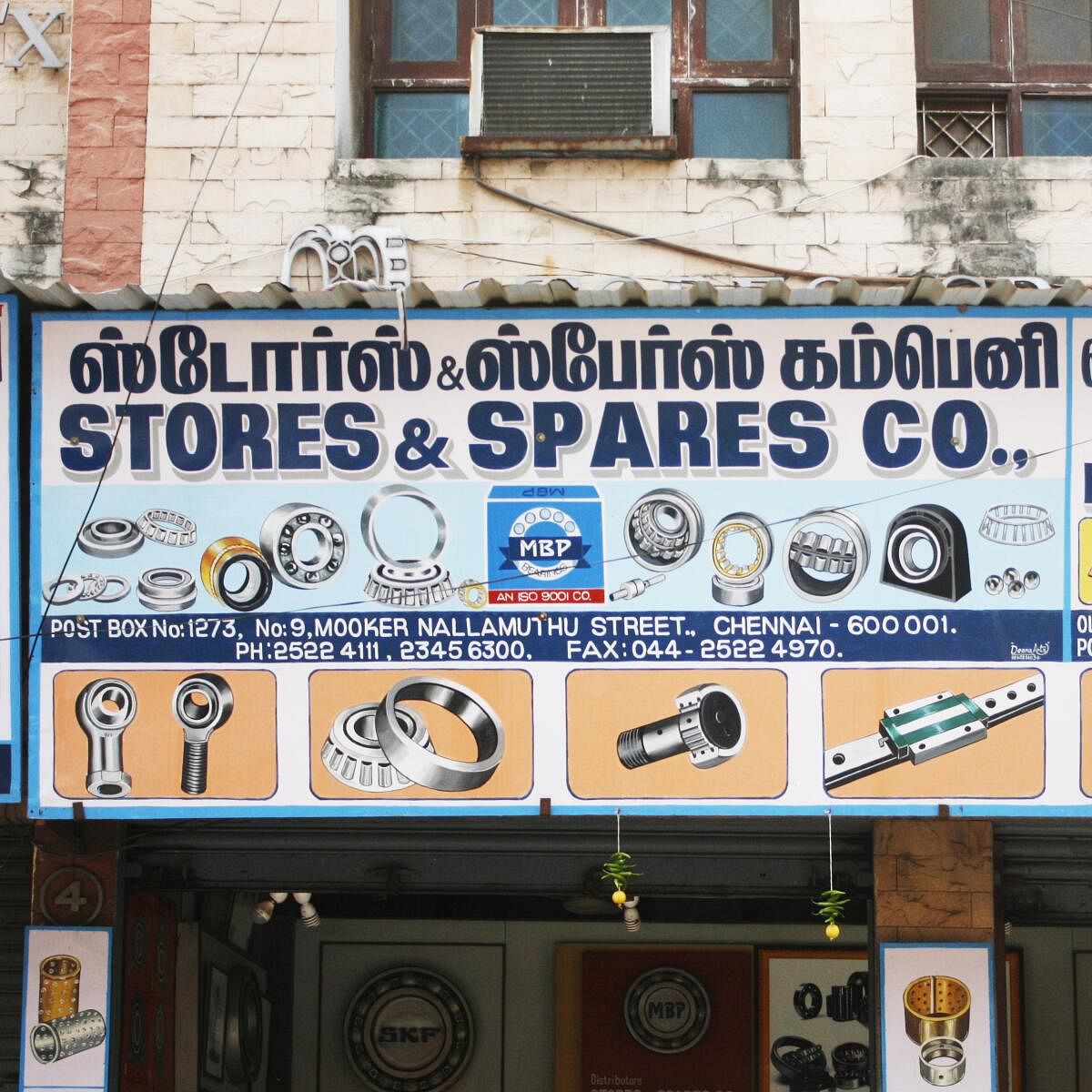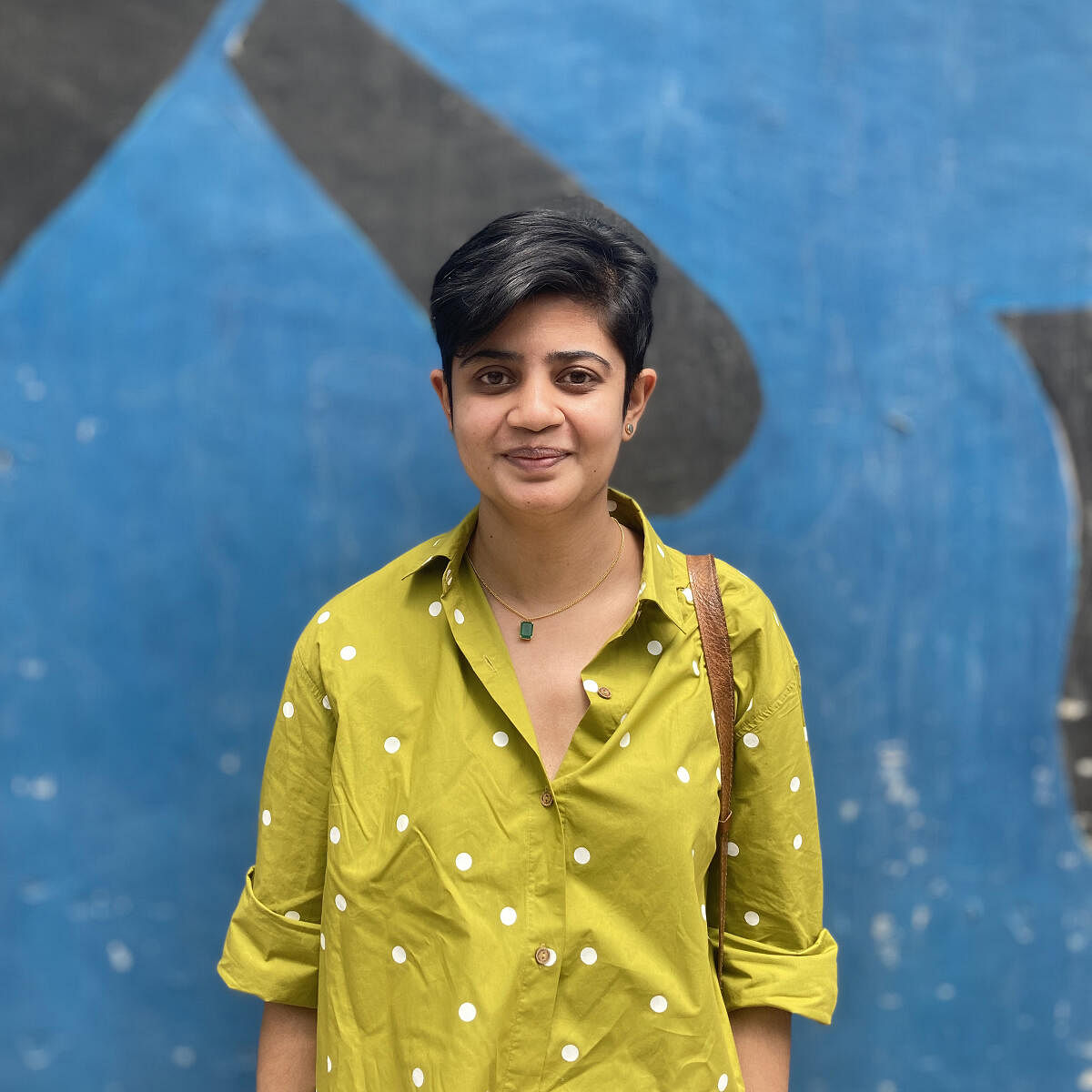

They help us to find our way; they lure us to buy things; they tell us what services to expect. Street signage is everywhere yet it doesn’t quite feature in our conversations on the visual culture of a place. Typeface designer Pooja Saxena from Delhi is making a case for lettering and signage found on the streets of India.
Called India Street Lettering, her website features about 300 photographs, stories and an interactive map of signs seen on shops, carts, religious centres, hospitals, apartments, schools, theatres, and cemeteries. This is just one-third of Pooja’s collection which she’s built over a decade, criss-crossing Bengaluru and Chennai in the south, Mumbai and Goa in the west, and Delhi and others up north. The scripts covered range from the widespread Latin and Devanagari to the regional Kannada and Tamil, and a lone case of Cyrillic (prevalent in Eurasia).
The fonts we see in print are boring — Pooja’s words ring true after one goes over her archive. You start noticing the “personality” of each signage, outlined by lettering styles (serif, cursive, shadow), materials (wood, tile, plaster) and techniques (engraved, handpainted, mosaic) used.
“(Designers behind) street lettering suffer from the same dichotomy as craftspersons in textiles. They don’t necessarily get credit for their art as they are not formally trained,” Pooja says of the disparity.
Field notes
As somebody aspiring to design typefaces in Indian scripts, these street excursions came in handy for Pooja. At the white Bengalee Association building in Bengaluru, she saw three protruding red metal signages in Latin, Bangla, and Kannada.
Hardware shops in Chennai stood out for their inventiveness. “Their names were painted in Tamil and English, plus they had illustrated the wares they were selling. This makes the shops accessible to a range of users irrespective of their literacy,” she says. A store in Ahmedabad was similarly fronted by a handpainted sign with mirrorwork, “establishing” quickly that it was in the business of clothes.
Local expertise, nature of the establishment, and regional milieu often drive these design sensibilities. She says, “There is a clear visual vocabulary to the signage on chaat shops around the Sukhadia Circle in Udaipur. They are bright. They feature shadows. However, the few chaat shops I saw in Ahmedabad had muted colours but the concentration of design elements was over the top.”
Pooja was most struck by how nameplates were personalised on homes. In Panjim, she found signs done in white and blue azulejo tiles, typical of Spanish and Portuguese buildings. In Kanpur, the plaster signage on an old multi-storeyed home was one-foot long. An apartment in Domlur, Bengaluru, features a bilingual sign and a mural, styled with broken tiles. Some residential buildings in Mumbai boast signage to match their Art Deco heritage.
Changing times
Pooja says the advent of flex signs has “flattened the dimensionality and tangentiality” the older practices yielded. Done with LEDs instead of glass tubes, fake neon signs are an affront to the glamour the original exuded. Homogenisation of wayfinders to blue and white metal stands was another concern. For instance, concrete street markers, painted in yellow, often styled like temples and typical to Bengaluru, are falling out
of favour.
In good tidings, she says the quality of lettering in Indian scripts is improving as a few brands are roping in professionals. Significant because, sometimes there is no equivalent of letters across scripts, and sometimes, designers are not conversant with a script. This often leads to egregious appropriation. The Devanagari signage of HAL along Cubbon Road in Bengaluru has gone up as हिएलि, Pooja points out.